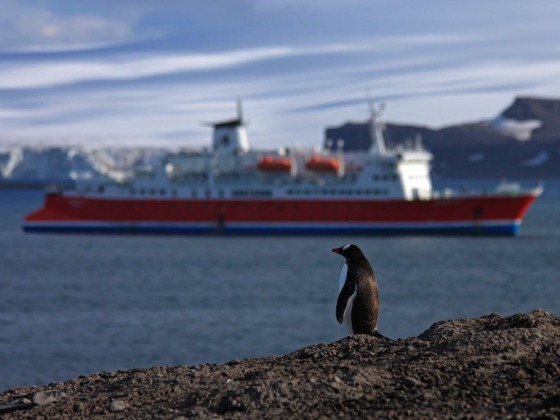It took a decade of planning (not to mention saving) to reach Antarctica. There aren’t really any budget options for a visit to the white continent…yet. Tourism is on the rise though and the tourism board is scrambling to not only keep up with influx of tourists, but also to ensure it does not damage this endangered place.
Those that can find a way to justify the cost will find a breathtaking monochromatic world with minimal human interference, though still bearing the scars of past incursions. Here are 16 photos from my unbelievable week “down south.”
All photos by author.
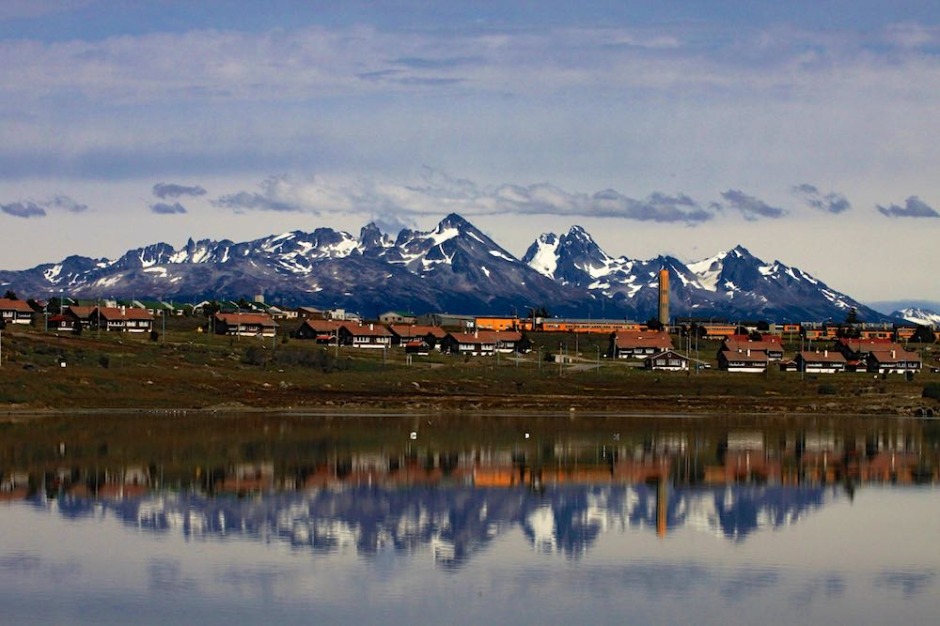
Ushuaia, Argentina
The southernmost city in the world. Situated on the north side of the Beagle Channel which cuts through Patagonia and forms a section of the border with Chile, Ushuaia is the starting point for many Antarctic expeditions, mine included.
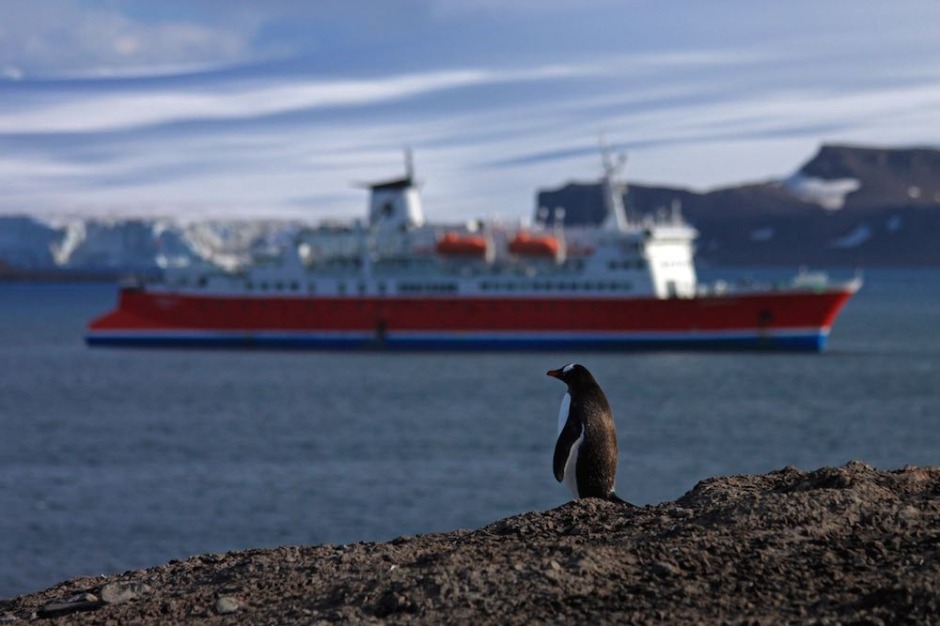
Gentoo guardian
A gentoo penguin stands guard as MV Expedition, our home for the week, loiters in the background. The crew did a superb job of keeping us informed with fascinating lectures on all aspects of the Antarctic continent during crossings. The International Association Antarctic Tour Operators (IAATO) counted over 37,000 tourists visiting Antarctica over the 2013/2014 season, and around 60 vessels registered as operators. As far as tourism numbers go, that’s pretty small, but as far as Antarctica goes, that’s a whole lot of people headed for the bottom of the planet.

Paradise Bay
Located on the western side of the Antarctic Peninsula, Paradise Bay was our first taste of the continent proper. It is a singularly unwelcoming prospect, for quite apart from the obvious issues with climate and remote location, the shoreline largely consists of vertiginous cliffs of treacherous ice crumbling into the sea. The flat terrain at the sparse landing sites swiftly gives way to steep hills exposed to the elements. Here we found mostly silence punctuated by the groaning of icebergs, and broken altogether by the shotgun of ice cleaving into the ocean.
Intermission
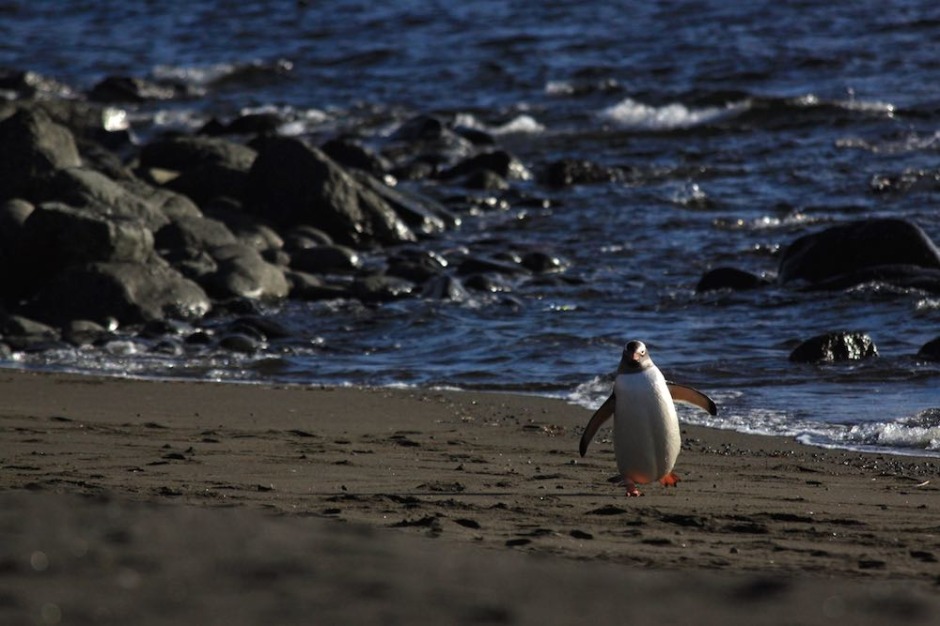
Waddle, waddle
Typical to all penguin species, the gentoo adopts an amusingly awkward waddle—or swagger—on land, giving the impression of permanently being on the edge of overbalancing—all flailing flippers and slapping feet. In the water, of course, is another story, and even amongst penguins the gentoo are especially swift and graceful. Their powerful bodies reach speeds of 36 kilometres per hour, faster than any other diving bird.
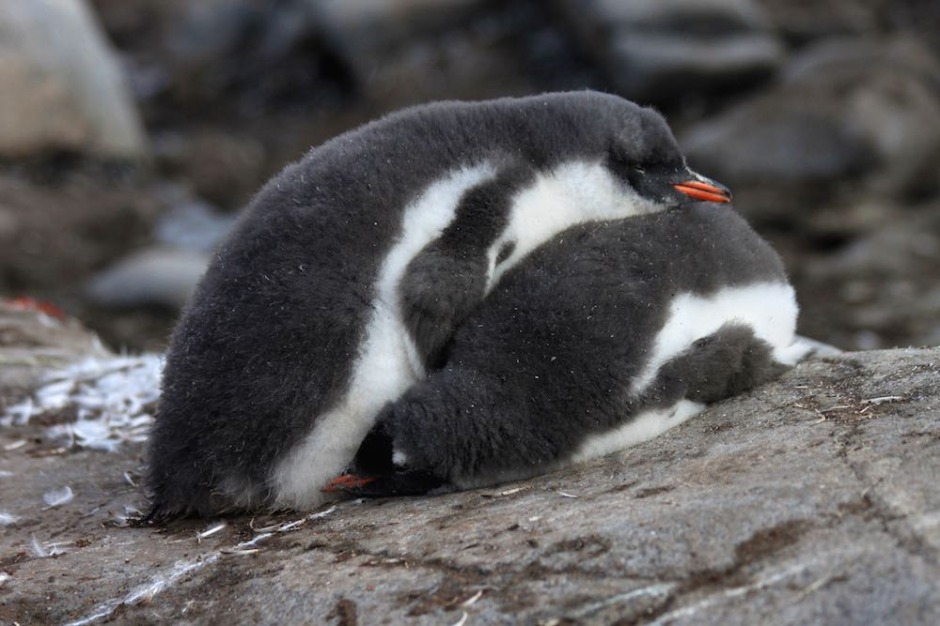
South Shetland exploration
Our first trip ashore was to a couple of the South Shetland Islands, amidst a colony of several hundred Gentoo penguins. As they have no land-based predators on the continent, the penguins are supremely indifferent to the presence of humans, giving unparalleled access for photographs and an incredible experience. Though, a rule of the IAATO, photography cannot be intrusive or “alter the animal’s behaviour.” The tourism board plans to keep it this way. On our boat, only 100 people were allowed to disembark at any given time, hopefully ensuring future generations will be able to encounter moments like this one.
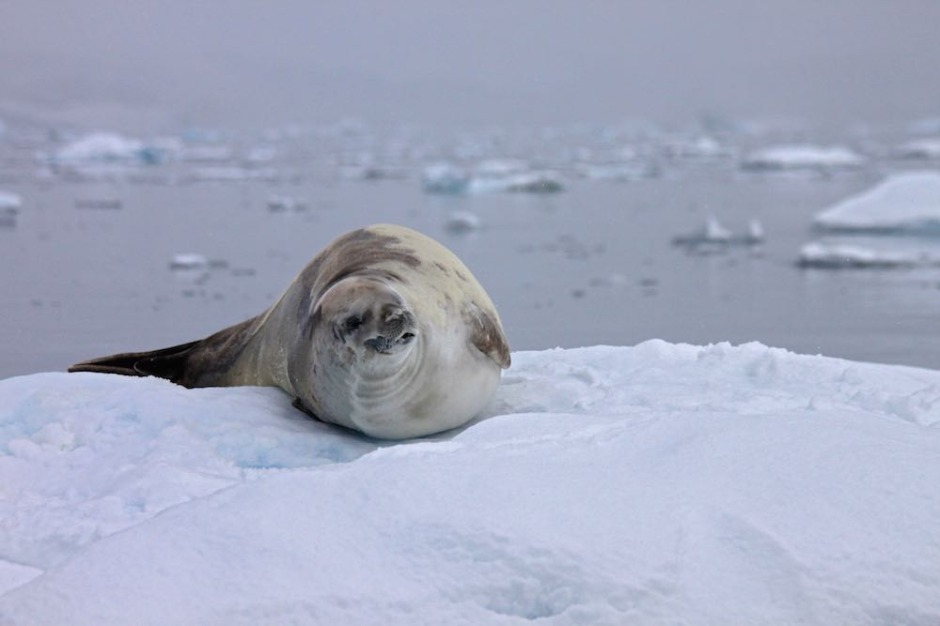
Haul out
The icebergs in the sheltered bays along the coastline are favourite spots for weary seals—in this case a crabeater seal—to take a rest or catch what sun they can. Crabeater Seals incidentally do not eat crabs, as crabs are not among the brave souls inhabiting Antarctica.
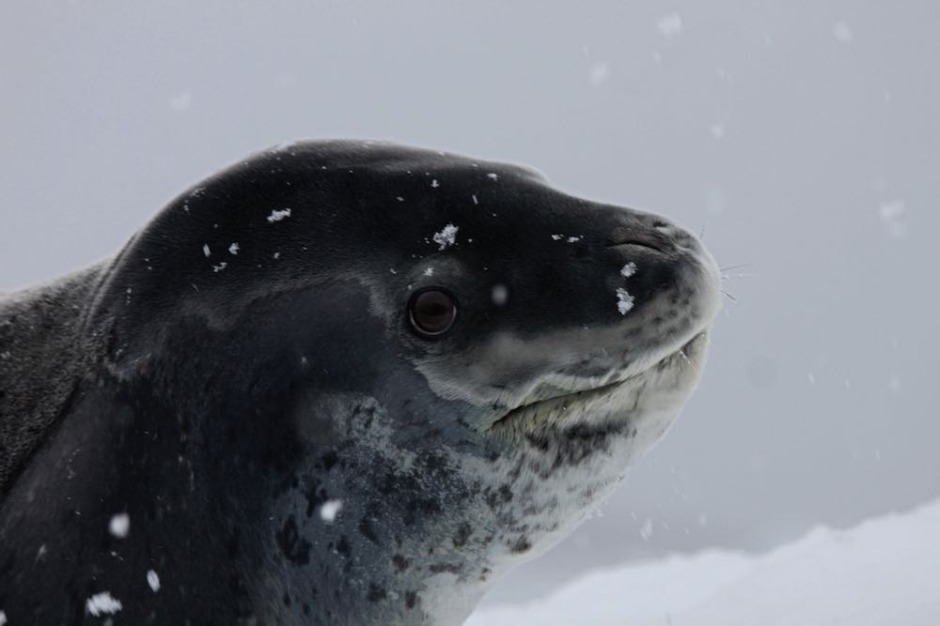
Leopard seal
Here looking rather doe-eyed, the leopard seal is nevertheless one of the most dangerous predators in Antarctica, large and fierce enough to give even a killer whale second thoughts.
Intermission
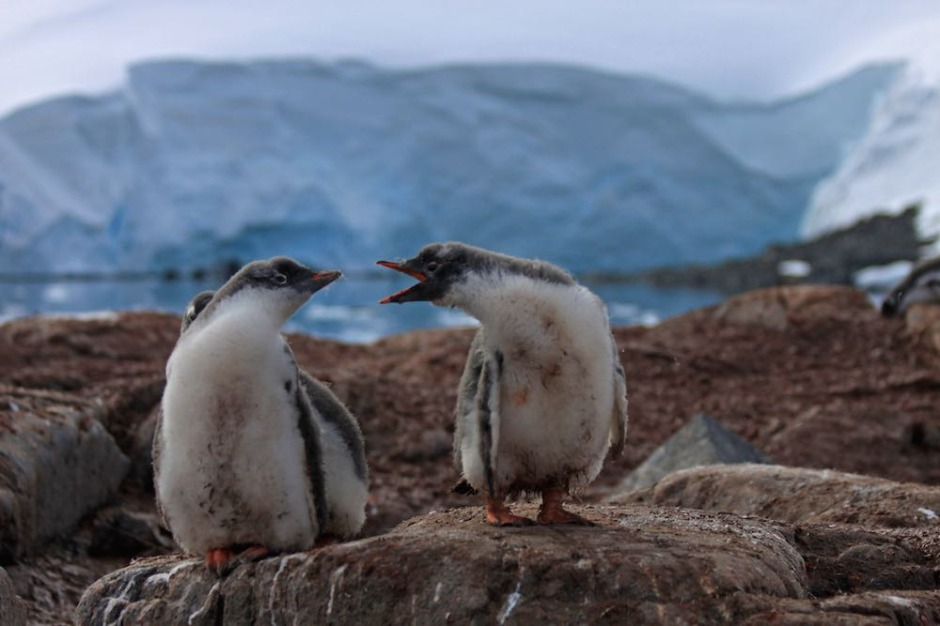
Penguin colonies
The penguin colonies were not the cacophonic congregations I thought they might be. They were mostly fairly quiet, broken from time to time by a Gentoo throwing its head back and unleashing an undulating call.

Jougla Point whaling camp
Jougla Point was frequented in the early 20th century by whalers, and some old whale bones can be seen here behind the penguins. Jougla Point was one of many such locations chosen for its shelter, allowing the whalers to process their catches in relative safety. Beneath the calm waters at Jougla and elsewhere lie the bones of thousands of whales hunted to near-extinction.
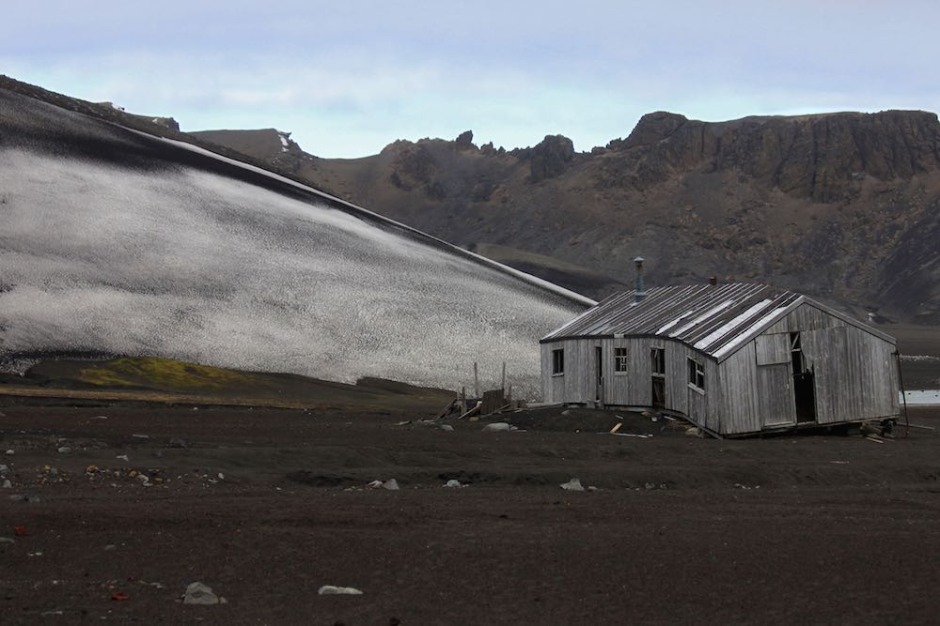
Deception Island
Deception Island lies to the North of the Antarctic Peninsula, and is an active volcanic caldera. It forms an incredibly well sheltered natural harbour which made it extremely attractive to the whalers, who set up a station in the early twentieth century. Following the whalers the area was used as a scientific research station, but this was brought to an end in the 1960's when volcanic activity rendered the site unusable.

Relics from the past
The sight of past human interference in Antarctica is striking after a few days at sea. It’s almost impossible to imagine people surviving down here without modern technology, and yet islands are dotted with remnants, such as this derelict whaling boat. Luckily these days whaling is prohibited and there is little outside interference, scientists aside; hence why the tourism board is being extremely careful about the growing interest in tourism on this continent—and rightly so. They adhere to five principals and insist all tourists do the same: protect the wildlife, respect the environment, respect the scientific research, be safe, and keep Antarctica pristine.
Intermission
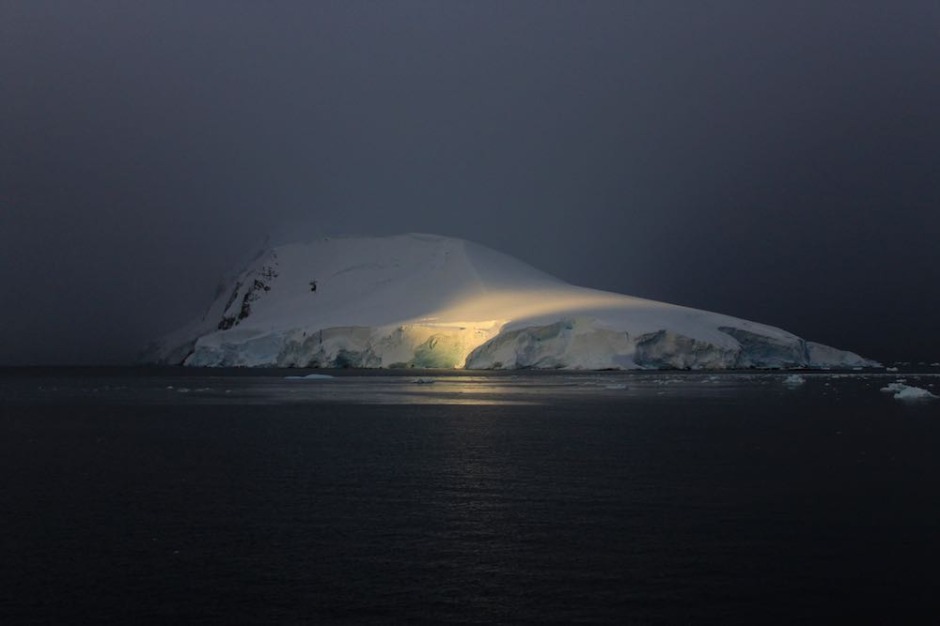
An Antarctic finger protrudes from the fog
We were blessed with fine weather and blue skies for most of our trip, but remote and inhospitable areas take on a different, almost more authentic ambience when the weather closes in and broods.
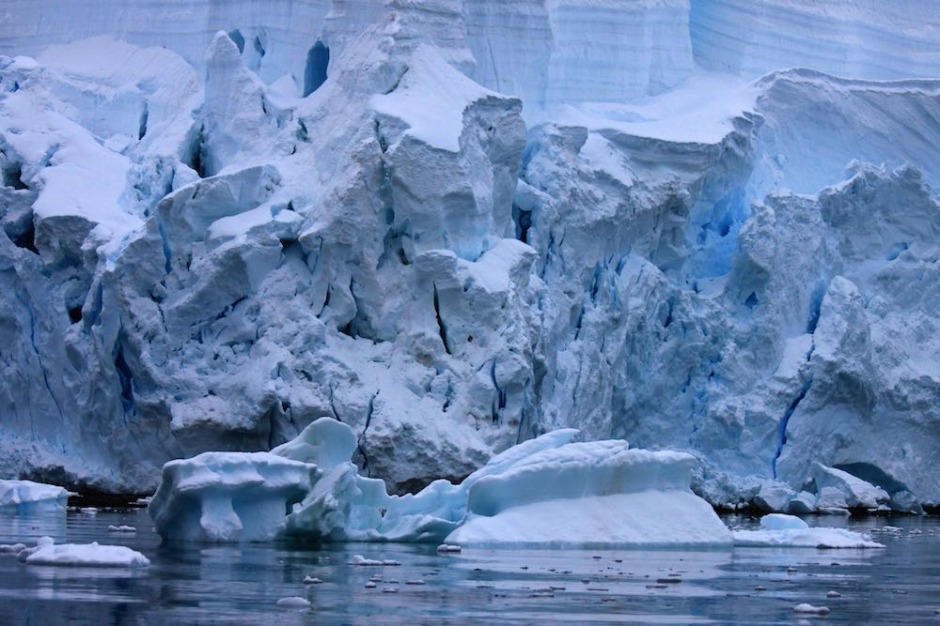
Pure blue
Many shades of blue are found in the ice - pure, azure blue
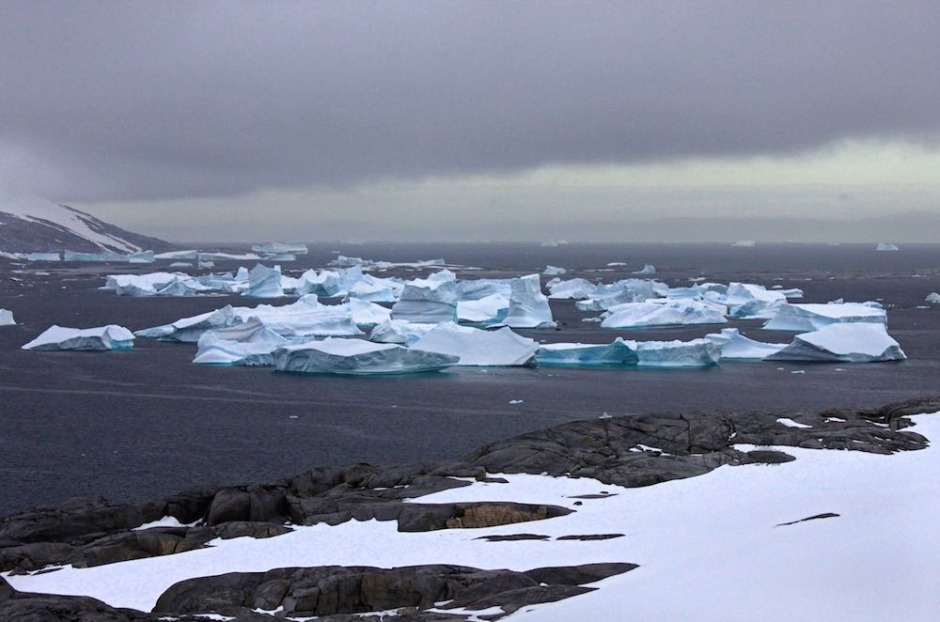
Iceberg graveyard
Icebergs gather at the 'Iceberg Graveyard' in Pleneau Bay.
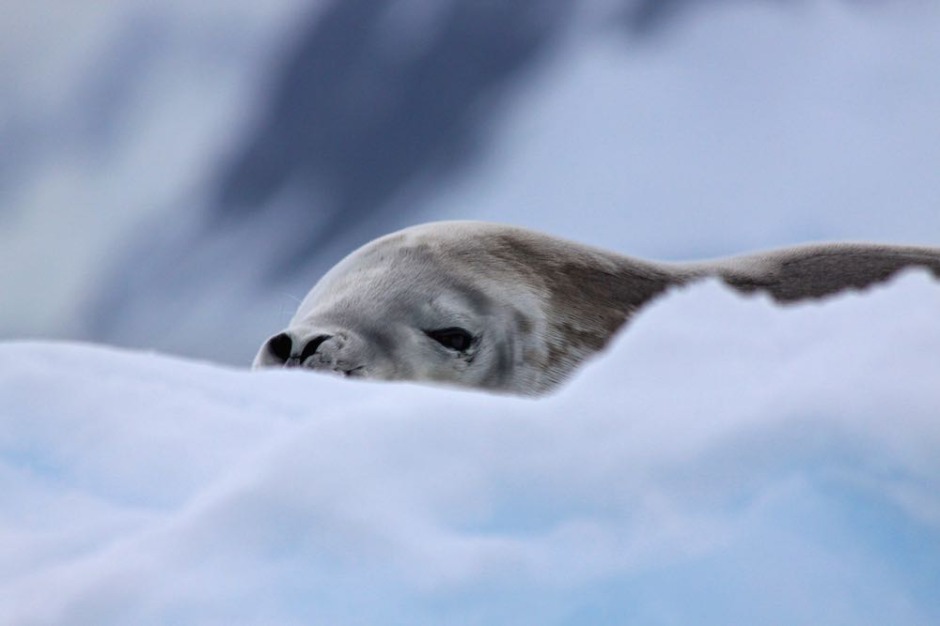
A wary Crabeater Seal
The multitude of icebergs in the Pleneau Bay area makes it a popular resting place for seals of all species, hauling themselves out of the water to gracelessly flop around on the ice.
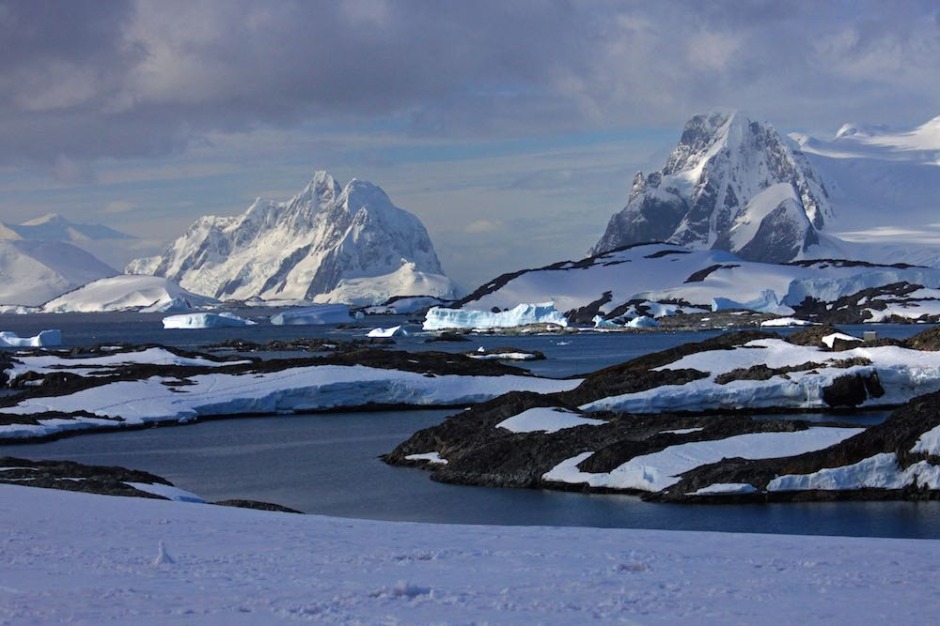
Yalour Islands
Here we visited a Ukranian research base, one of a few bases we visited on the Peninsula. These islands marked the southernmost extent of our voyage, although sadly they do not lie within the Antarctic Circle. For me this counts as unfinished business. I have every intention of returning to this great, white continent, as there is simply so much to explore and such an eerie, vast beauty that one week is not enough to take it all in—but it’s a fine start. It's certainly enough time to have renewed appreciation for the ecosystems of our beautiful planet, and every tourist on my boat left, I think, with a stronger and deeper commitment to protect this place that is our home.
